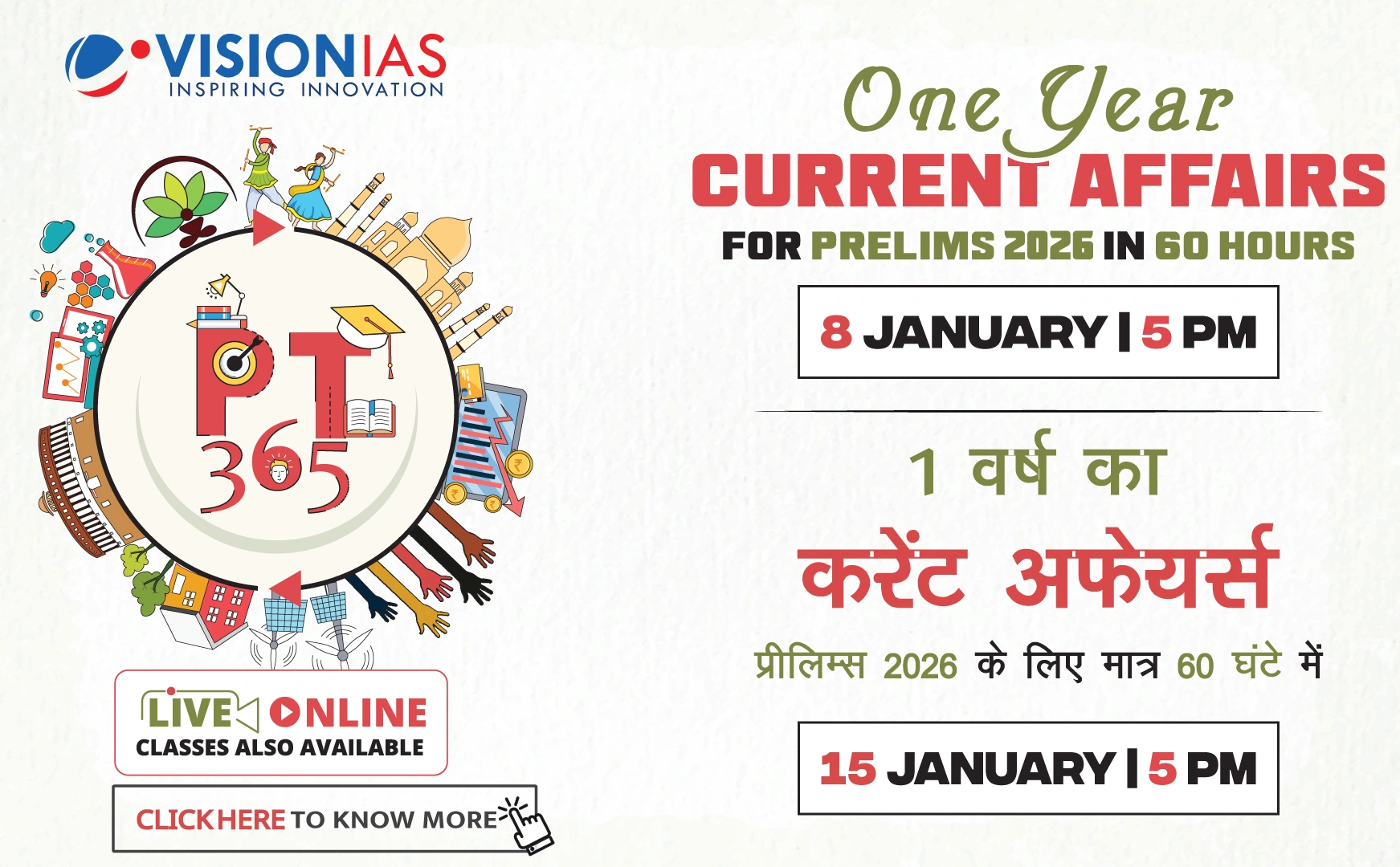BRICS Summit and Financial Developments
The recent BRICS summit in Kazan, Russia, emphasized the ongoing efforts of the BRICS (Brazil, Russia, India, China, and South Africa) to reduce their dependence on the dollar-dominated international financial system. This initiative began with the Fortaleza Summit in 2014, which led to the establishment of financial institutions like the New Development Bank and the Contingent Reserve Arrangement.
Key Developments
- Financial Institutions: Establishment of the New Development Bank and the Contingent Reserve Arrangement marked a significant step for developing countries to create their own financial institutions.
- National Currencies: Post-Crimea sanctions on Russia, BRICS sought to expand the use of national currencies in inter-member transactions.
- Currency Cooperation: In 2017, BRICS aimed to enhance currency cooperation through currency swap, local currency settlement, and investment.
- BRICS Payments Task Force: Established to develop systems to facilitate transactions between member countries, culminating in the BRICS Pay initiative.
BRICS Pay Initiative
The BRICS Pay initiative seeks to reduce reliance on the SWIFT network and enhance financial sovereignty. This effort is supported by financial infrastructure like Russia's SPFS, China's CIPS, India's UPI, and Brazil's Pix system. A prototype of BRICS Pay was demonstrated in Moscow in 2024.
Challenges and Considerations
- Interoperability: Ensuring interoperability of payment systems is crucial for BRICS Pay to compete with SWIFT.
- National Ambitions: Countries like China and India are promoting their own systems, which could slow the realization of BRICS Pay.
- BRICS Currency: The idea of a common BRICS currency faces challenges due to macroeconomic coordination issues and national interests.
Despite these challenges, geopolitical tensions, particularly with the U.S., may accelerate the political consensus needed for BRICS Pay's launch.



